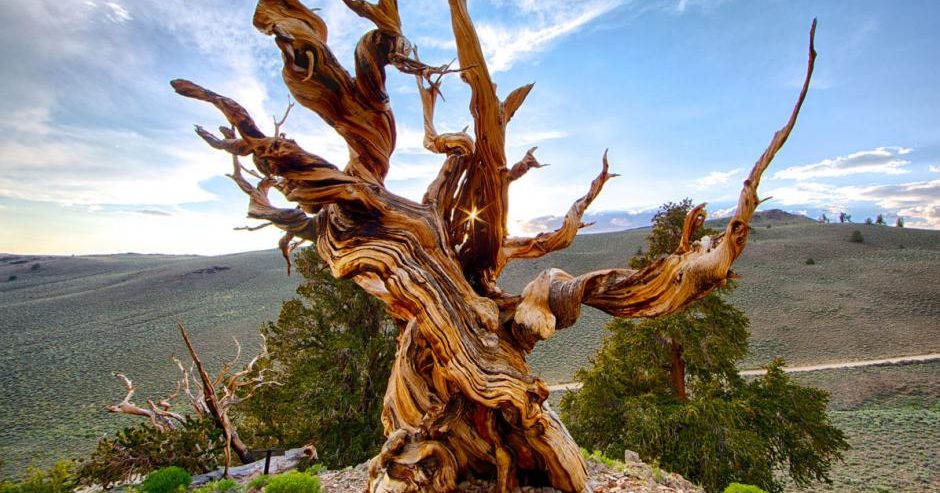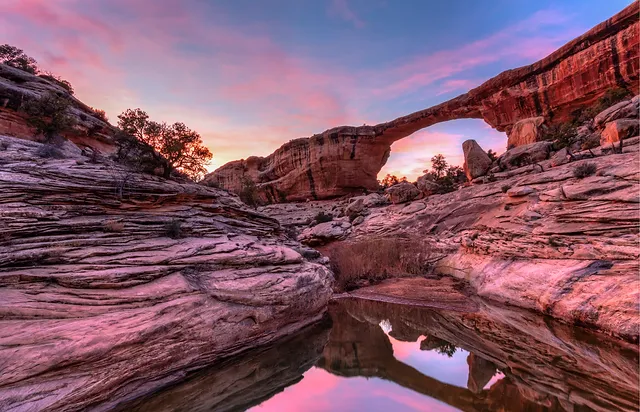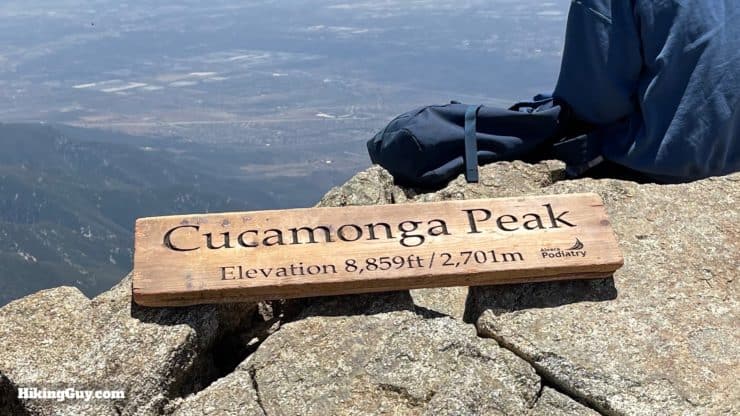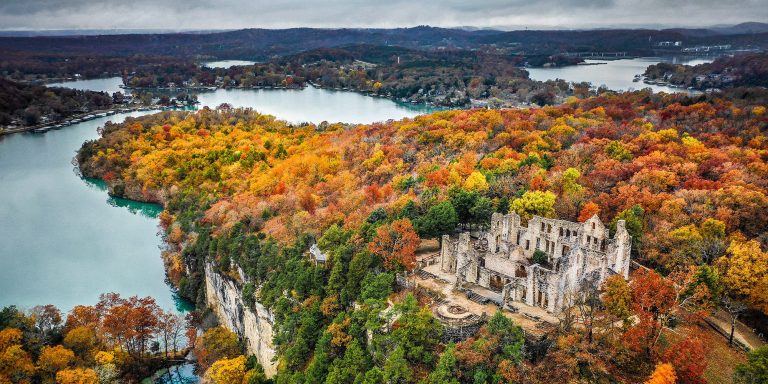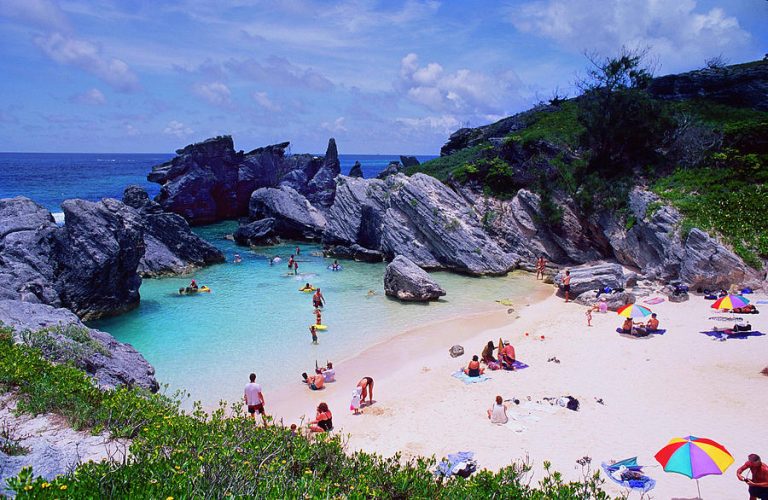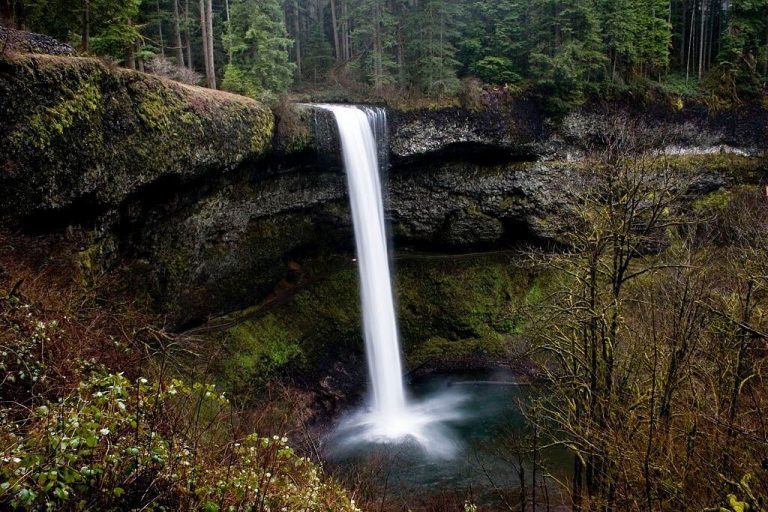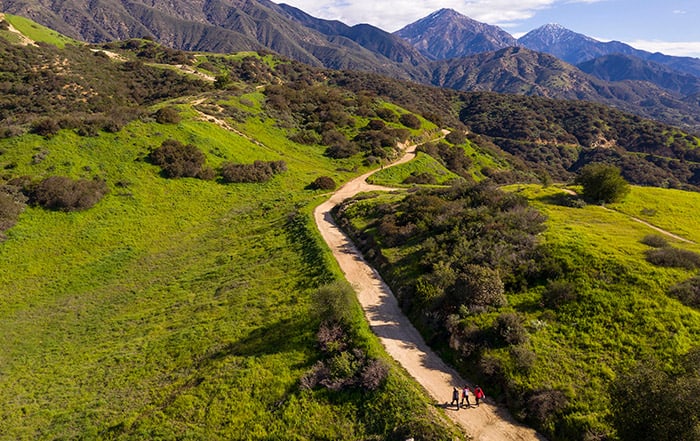High in the White Mountains of eastern California lies a place where time itself seems to slow down. The Ancient Bristlecone Pine Forest, a protected area within the Inyo National Forest, is home to some of the oldest living organisms on Earth – the bristlecone pine. These gnarled, weathered trees stand as testaments to resilience, enduring harsh conditions and witnessing millennia of change.
This article delves into the fascinating world of the bristlecone pine forest, exploring its unique ecosystem, the secrets held within the ancient trees, and the importance of preserving this irreplaceable natural wonder.
Contents
The Realm of the Great Basin Bristlecone Pine (Pinus longaeva)
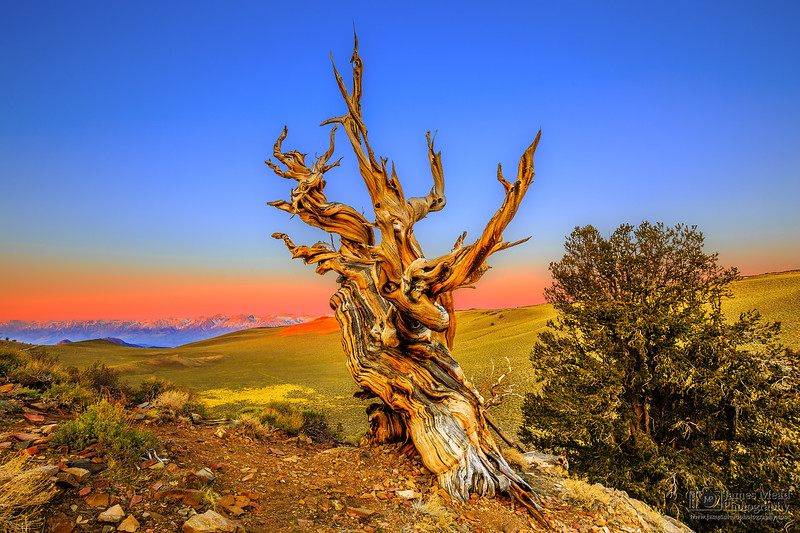
The bristlecone pine that dominates the Ancient Bristlecone Pine Forest is a distinct species known as the Great Basin bristlecone pine (Pinus longaeva). Unlike most pines, these trees thrive in harsh, high-altitude environments, clinging to life between 9,800 and 11,000 feet (3,000 and 3,400 meters) above sea level.
The unforgiving landscape of the White Mountains is characterized by thin, dry air, strong winds, and short growing seasons. Yet, the bristlecone pine has adapted to these conditions, developing a slow-growing, twisted form with a remarkably dense wood. This density, along with a resin rich in protective chemicals, allows the trees to resist rot and insect damage, contributing to their exceptional longevity.
Unveiling the Secrets of the Ancient Trees
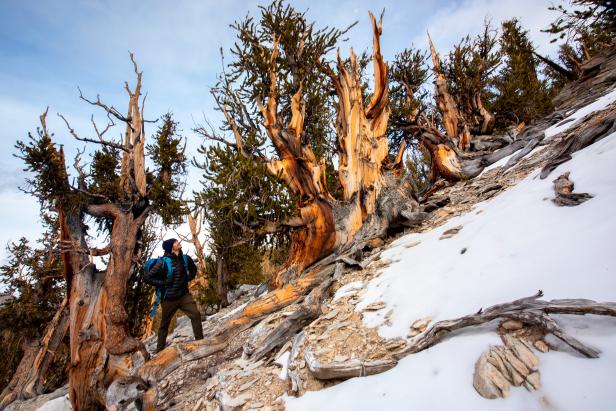
The bristlecone pine’s slow growth rate holds the key to its age. By meticulously counting the annual growth rings within the wood, scientists can determine the exact age of these trees. The results are staggering. Some bristlecone pines in the Ancient Bristlecone Pine Forest have been confirmed to be over 4,800 years old, with the oldest known living tree, Methuselah, exceeding an astonishing 5,000 years.
These ancient trees act as living time capsules, their growth rings recording climatic changes, volcanic eruptions, and other environmental events over millennia. Studying these rings allows researchers to piece together a detailed picture of Earth’s history, providing valuable insights into past climates and helping us predict future environmental trends.
A Landscape Sculpted by Time
The Ancient Bristlecone Pine Forest is not just about the trees themselves. The harsh environment has also shaped a unique ecosystem. Limber pines, another high-altitude survivor, share the landscape with the bristlecone pines. Together, they create a sparse, yet beautiful environment characterized by low-growing shrubs and hardy wildflowers that bloom briefly during the short summer.
The exposed geology further adds to the otherworldly beauty of the forest. The harsh winds and freezing temperatures over millennia have sculpted the landscape into a stark and dramatic tableau. Eroded rock formations rise from the ground, creating a sense of raw, untamed nature.
Two Groves|Schulman and Patriarch
The Ancient Bristlecone Pine Forest consists of two main groves: Schulman Grove and Patriarch Grove. Schulman Grove, the more accessible of the two, is a popular destination for visitors. Here, the Ancient Bristlecone Pine Forest Visitor Center offers interpretive programs and exhibits that help visitors understand the significance of these ancient trees.
Patriarch Grove, located further south, offers a more remote and rugged experience. This grove is home to the Patriarch Tree, the largest known bristlecone pine by volume. The stark, almost lunar landscape of Patriarch Grove creates a sense of awe and solitude, emphasizing the enduring presence of these ancient giants.
Threats and Conservation Efforts
Despite their resilience, the bristlecone pine faces threats. Climate change, with its warmer temperatures and increased drought, could potentially harm these trees adapted to a colder, harsher environment. Additionally, white pine blister rust, a fungal disease, poses a serious threat to bristlecone pine populations.
Conservation efforts are crucial to ensure the survival of these ancient trees. The Inyo National Forest, along with research institutions and environmental organizations, implements various measures to protect the bristlecone pine forest. These include monitoring tree health, controlling white pine blister rust, and educating the public about the importance of responsible recreation in this fragile ecosystem.
Read More : Unveiling Bailey Canyon Wilderness Park | A Local Gem in the San Gabriels
A Legacy of Resilience|Lessons from the Bristlecone Pine
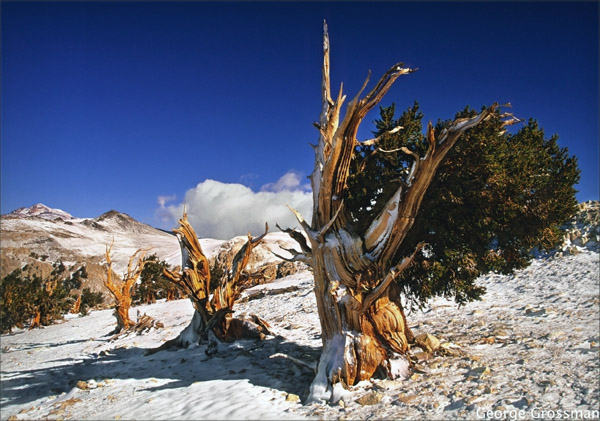
Standing amidst the bristlecone pine forest is a humbling experience. These ancient trees, weathered yet enduring, remind us of the immense timescale of nature and the power of resilience. They are a testament to the delicate balance of our planet’s ecosystems and the importance of preserving natural heritage.
The lessons learned from the bristlecone pine forest extend far beyond the scientific realm. These trees inspire us to consider our own place in the grand scheme of things and the impact we have on the environment. The bristlecone pine forest serves as a powerful reminder of the need for sustainable practices and the responsibility we have to protect these irreplaceable

